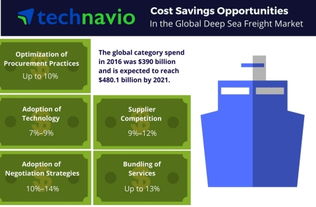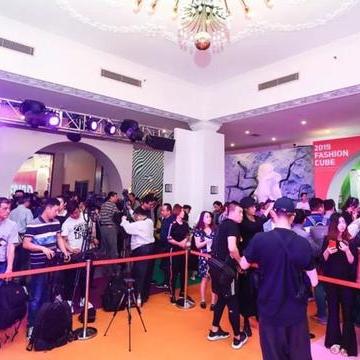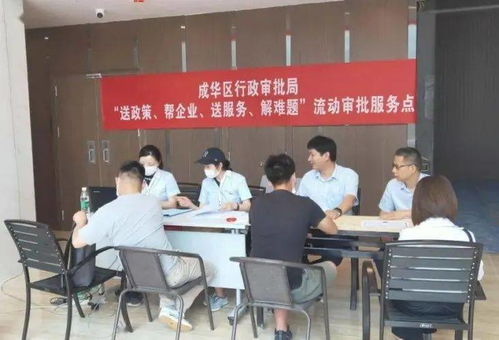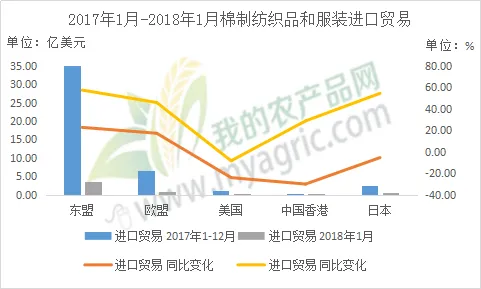The Global Market for Exported Textiles:A Comprehensive Analysis
This study provides a comprehensive analysis of the global market for exported textiles. It examines the various factors that influence the demand for these products, including economic conditions, cultural differences, and technological advancements. The research also explores the supply chain dynamics and the role of international trade in shaping the market. By analyzing data from various sources, the study identifies key trends and challenges facing the industry, and offers recommendations for future development. Overall, the findings highlight the importance of understanding the complex interplay between supply and demand in the textile export market, and the need for ongoing monitoring and adaptation to emerging trends and challenges.
In today's globalized economy, textile products have become a crucial part of international trade. They are used in a wide range of applications from clothing and home furnishings to industrial materials and technical fabrics. This article will explore the various categories of exported textiles, their production methods, and the markets where they are sold. Additionally, we will highlight some successful case studies that demonstrate the impact of these textiles on global trade.

Classification of Exported Textiles
Textiles can be broadly classified into several categories based on their composition, use, and manufacturing processes. Here is a table summarizing some of the most common types:
| Type of Textile | Description | Manufacturing Processes |
|---|---|---|
| Wool | Natural fiber, primarily produced by sheep or goats | Slaughter, washing, carding, spinning, and weaving |
| Cotton | Produced by cotton plants | Harvesting, cleaning, spinning, weaving, and dyeing |
| Polyester | Man-made fiber made from petrochemicals | Chemical synthesis, spinning, and melt spinning |
| Linen | Natural fiber, derived from flax plants | Plantation, harvesting, cleaning, carding, and spinning |
| Blended Fabrics | Combinations of two or more different types of textiles | Mixing, blending, and finishing |
Production Methods
The production of exported textiles varies significantly depending on the type of textile. Here are some common methods used in the manufacturing process:
- Spinning: In this method, long fibers (such as wool) are spun into thread.
- Weaving: This involves interlacing multiple warp threads with weft threads to create a woven fabric.
- Knitting: A technique used to make knitted fabrics, such as sweaters and scarves.
- Pulling: Used for producing thicker fabrics like denim jeans.
- Dyeing: Applying color to the fabric using chemicals or heat.
- Finishing: Adding additional features like embellishments, reinforcement, or waterproofing.
Global Markets
Exported textiles are sold across many global markets. Some of the most significant markets include:
- Europe: With its strong consumer demand for high-quality textiles, Europe remains a major market for exported textiles.
- United States: The US has a diverse consumer base, which means that exporters must cater to both luxury and affordable options.
- Asia Pacific: This region is rapidly growing as a source of cheap labor and raw materials, making it a key market for exporters.
- Middle East and Africa: These regions are seeing increased demand for textiles due to economic growth and changing consumer preferences.
- Latin America: As middle-income populations grow, there is an increasing demand for textiles from this region.
Case Studies
To illustrate the impact of exported textiles on global trade, let's consider the success story of a company called "Textiles International."
Textiles International specializes in exporting high-quality woolen garments to European markets. Their products are known for their durability and comfort, which have made them a favorite among consumers in countries like Germany and France. Textiles International employs local workers in their factories in China and India, ensuring fair labor practices while maintaining high standards of quality control.
By focusing on sustainable sourcing and ethical manufacturing practices, Textiles International has built a reputation for itself as a responsible player in the global textile industry. Their commitment to ethical production practices has not only helped them maintain good relationships with suppliers but also earned them favorable reviews from customers and media outlets.
Challenges and Opportunities
Despite the numerous benefits of exporting textiles, there are also challenges that companies must navigate. One major challenge is the fluctuation in global demand for textiles. Economic downturns can lead to a decrease in consumer spending on luxury goods, which can negatively affect exporters' sales.
Additionally, competition from emerging markets and technological advancements can pose threats to traditional textile industries. However, with innovative solutions like sustainability practices and digital marketing, companies can stay ahead of the curve and continue to thrive in this competitive market.
Conclusion
Exported textiles play a vital role in global trade, contributing to economic growth and cultural exchange. By understanding the classification, production methods, and markets of different types of textiles, businesses can tailor their strategies to meet the needs of specific markets. Successful cases like Textiles International demonstrate how dedication to sustainability and ethical manufacturing practices can help businesses stand out in a crowded market.
出口纺织品概述

出口纺织品是国际贸易中的重要组成部分,种类繁多,涵盖了各种材质、款式和功能,以下是一些常见的出口纺织品及其特点。
主要出口纺织品类型
棉纺织品:作为全球最主要的天然纤维来源之一,棉纺织品以其舒适、透气、吸湿性好等特点深受消费者喜爱,出口的棉纺织品包括纯棉面料、混纺面料等。
英文案例说明:某知名品牌出口的纯棉T恤,采用高品质的纯棉面料,柔软舒适,深受消费者喜爱。
-
丝绸纺织品:丝绸是一种天然纤维,质地柔软、光滑、有光泽,具有优雅、高贵的特点,出口的丝绸纺织品包括真丝面料、仿真丝面料等。
-
羊毛纺织品:羊毛是一种天然纤维,保暖性能好,适用于各种场合,出口的羊毛纺织品包括羊毛混纺面料、羊绒面料等。
-
亚麻纺织品:亚麻是一种天然纤维,吸湿性好,透气性强,适用于各种户外活动,出口的亚麻纺织品包括亚麻面料、亚麻混纺面料等。
-
皮革纺织品:皮革制品因其耐用、美观、时尚等特点而备受青睐,出口的皮革纺织品包括皮革面料、仿皮面料等。
案例分析
以某知名品牌为例,其出口的纺织品涵盖了多种材质和款式,深受消费者喜爱,该品牌的一款纯棉T恤采用了高品质的纯棉面料,柔软舒适,颜色鲜艳,深受消费者喜爱,该品牌还出口了各种丝绸制品,如真丝衬衫、真丝围巾等,以其优雅、高贵的特点深受消费者青睐,该品牌还出口了各种羊毛制品,如羊毛混纺外套、羊绒围巾等,以其保暖性能好、时尚的特点深受消费者喜爱。
出口纺织品特点
-
高品质:出口纺织品注重品质和工艺,采用高品质的材料和工艺技术,确保产品的质量和性能达到国际标准。
-
多样化:出口纺织品种类繁多,涵盖了各种材质、款式和功能,满足不同消费者的需求。
-
环保性:随着环保意识的不断提高,出口纺织品越来越注重环保性,采用环保材料和工艺技术,符合国际环保标准。
出口纺织品是国际贸易中的重要组成部分,种类繁多,涵盖了各种材质、款式和功能,在国际贸易中,出口纺织品需要注重品质、环保性、时尚性和功能性等方面,不断提高产品的竞争力和市场占有率,随着科技的不断进步和消费者需求的不断变化,出口纺织品也需要不断创新和升级,以满足消费者的需求和市场的变化。
Articles related to the knowledge points of this article:
Ranking the Number of Chinese Textile Brands



